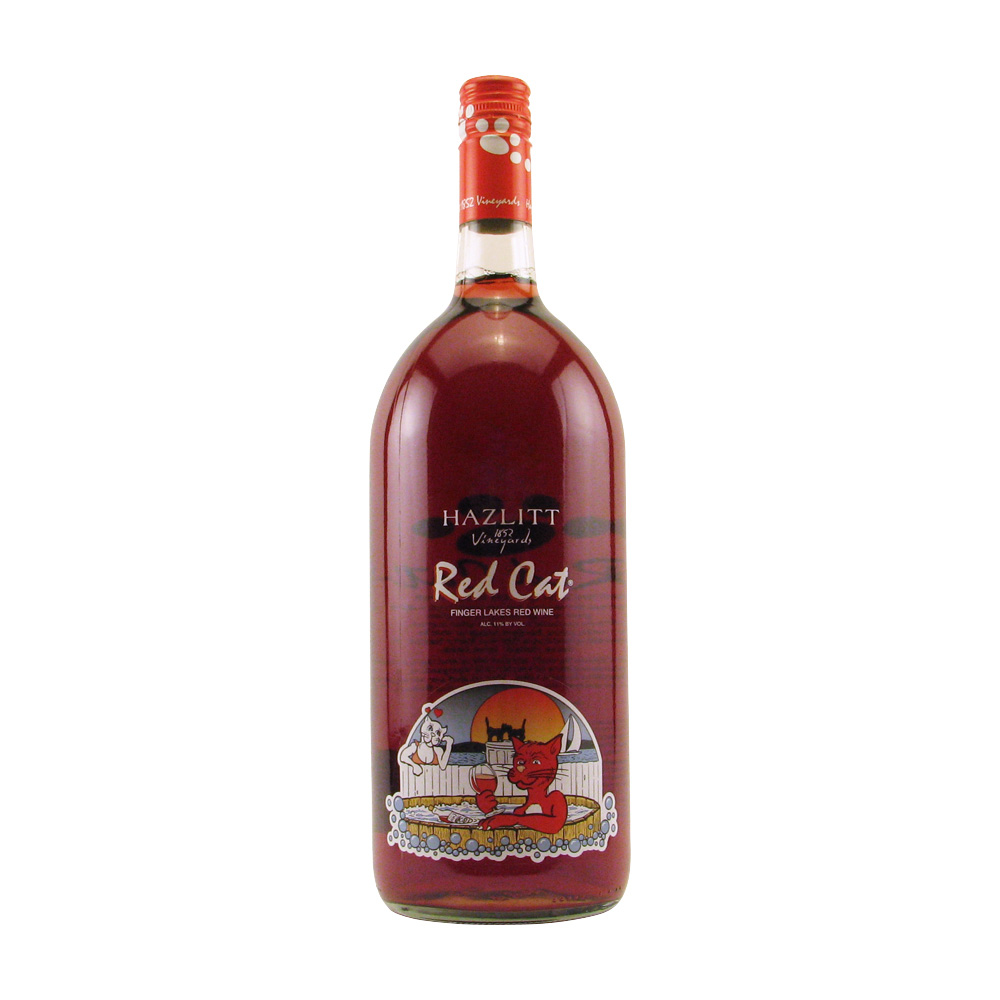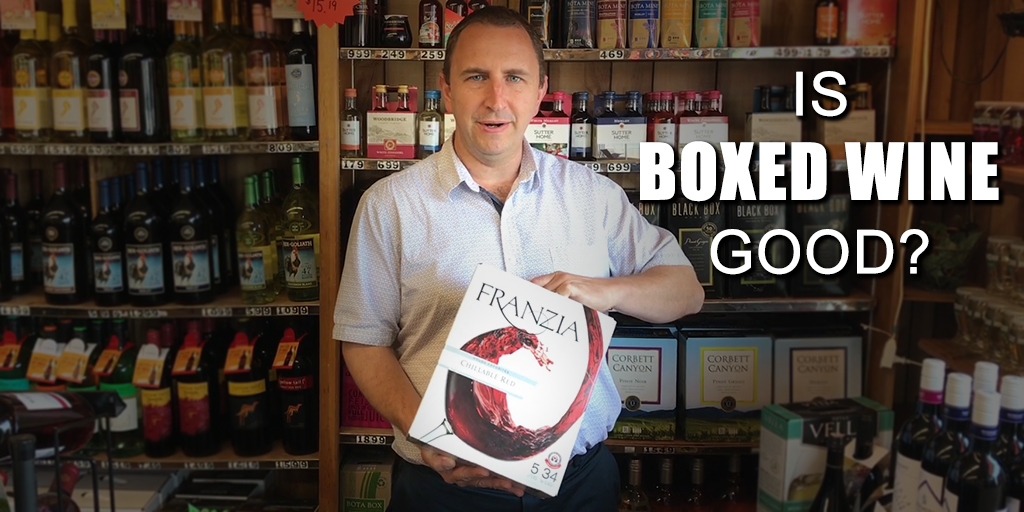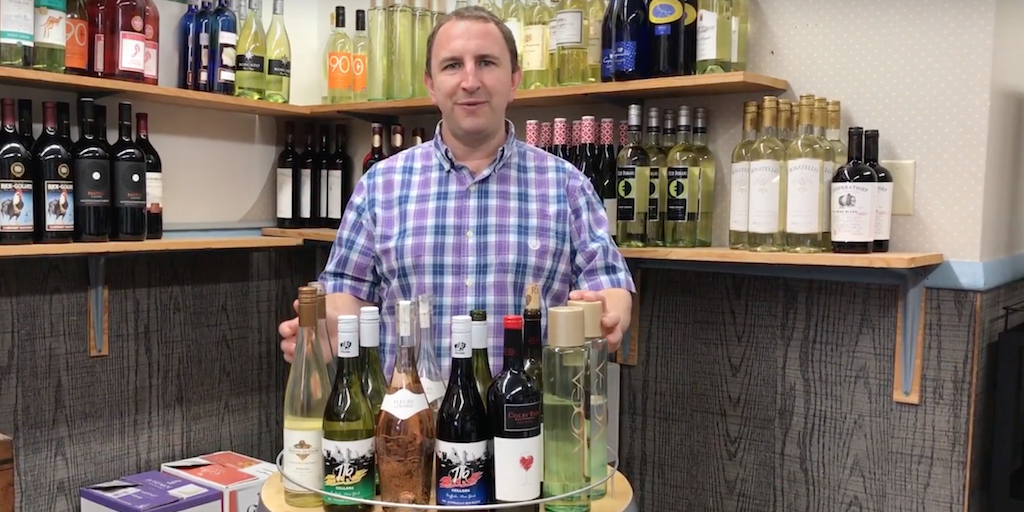Chardonnay: A Background
It all started in the Burgundy wine region of eastern France, where Chardonnay, also known as White Burgundy, was born (not to be confused with Burgundy, or Pinot Noir). Technically, Chardonnay grapes have been around for thousands of years, but only got under the spotlight when the Cistercian monks arrived around the 11th century. Soon enough, this white wine grape took over the world – in fact, in 1980’s it was almost too popular, inspiring social movements such as ABC, or “Anything But Chardonnay”, which gained many followers, particularly in the US .
Today, the ABC era is a thing of the past. Spreading far beyond its origin, Chardonnay is now one of the most widely planted wine grape in the world. Chardonnay is also one of the three components of champagne, accompanied by Pinot Noir and Pinot Meunier. Overall, the grape is relatively easy to grow and is fairly neutral and versatile. As a result, the end product represents the soil and climate conditions and variations between regions are very distinct.
Many years ago Chardonnay was completely different, thick, syrupy and very rich; its fans definitely had strong stomachs. Today, you are much more likely to come across leaner, punchier Chardonnay with pear and apple notes if it was produced in cooler regions while warmer climates tend to give Chardonnay tropical, peachy or even banana-hinted buzz that will flourish on the front of your palate.
It’s important to acknowledge the differences between the two distinct types of Chardonnay: un-oaked and oaked. Oak is used in the process of winemaking to add the complexity to flavors and textures. Oak can be introduced in different ways such as fermenting and/or aging in barrels or introducing floating chips or staves to the wine in stainless steel vats. During a prolonged contact with wine, components such as vanillin transfer from oak to the wine, resulting in prominent vanilla notes and a richer texture.

- Un-oaked. This crisp, vibrant style was popularized in the Chablis region. Grown in colder climates, the grapes are highly acidic and generally lean, which does not go well with intensive oak aging. These types of Chardonnays allow the grapes and the terroir to show through as opposed to being covered by oak. Sometimes simplicity is the key.
- Oaked. These complex, concentrated wines are the more common of the Chardonnays these days. Only the hardiest grapes are suitable for this type of maturation, soaking in all the intense notes. The resulting wines are among the most gourmet alcoholic beverages, although not everyone will appreciate rich oak.
When it comes to serving, getting the temperature perfect is crucial – at home it can be achieved by sticking your Chardonnay in the fridge 90 minutes before serving and pulling it out about 20 minutes before pouring. Roast chicken is a perfect food match, although experimenting is most welcome – some wine lovers enjoy their Chardonnay with a light chicken salad or seafood dishes.
Hope you found this article helpful, please let us know what type of Chardonnay you like best in the comments below.





